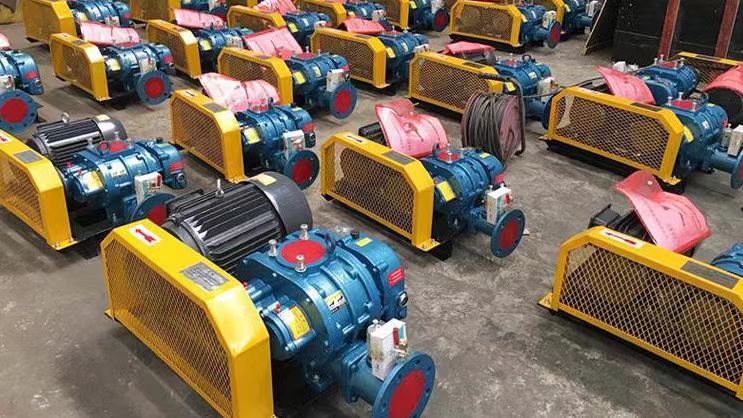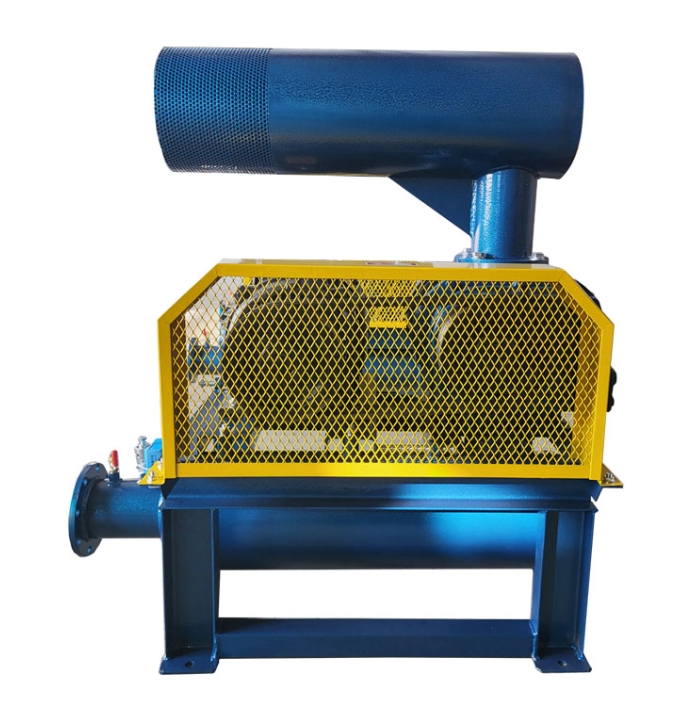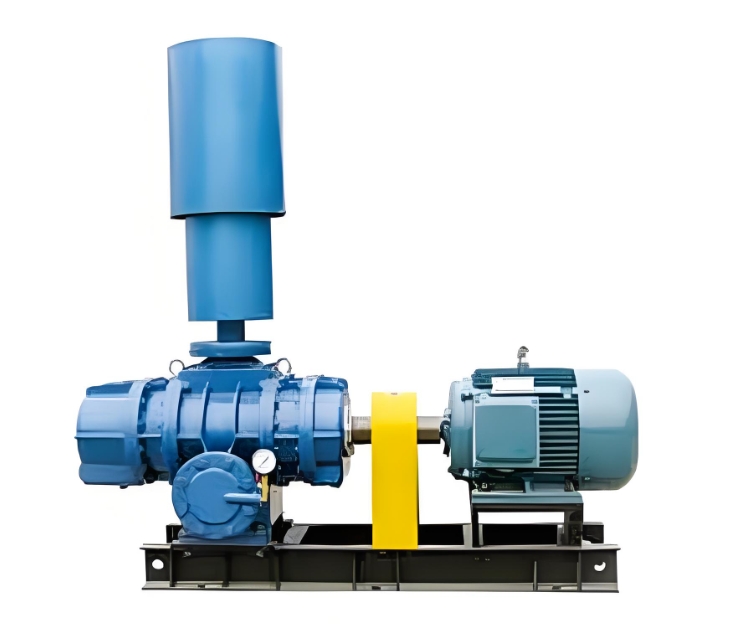Roots blower muffler: a solution from noise disturbance to quiet operation

Roots blowers are widely used in industrial applications, but the noise generated during their operation often causes headaches. Imagine in a factory workshop, the continuous roar not only affects the work efficiency of employees, but long-term exposure may also damage hearing health. That's why Roots blower silencers have become essential accessories for many businesses.
Why do we need a muffler?
The noise of Roots blower mainly comes from three aspects: mechanical vibration, airflow pulsation, and motor operation. These noises can usually reach over 85 decibels, equivalent to the noise level of busy urban traffic. Long term exposure to such an environment can lead to hearing loss, lack of concentration, and even accidents for workers.
The core principle of a muffler
Mufflers reduce noise in three main ways:
-* * Sound absorption and noise reduction * *: using porous sound-absorbing materials to absorb sound energy
-Impedance noise reduction: consuming sound energy by changing the shape of the airflow channel
-* * Sound insulation and noise reduction * *: Use a soundproof cover to isolate the noise source from the outside world
How to choose a suitable muffler?
When choosing a muffler, the following factors need to be considered:
-* * Fan model and power * *: Fans of different powers need to be matched with mufflers of different specifications
-Installation space: The on-site space limitations determine the external dimensions of the muffler
-* * Noise reduction requirements * *: Determine the required noise reduction level based on environmental noise standards
-* * Maintenance convenience * *: Choose a muffler that is easy to clean and replace internal materials
4 Installation and Maintenance Points
Proper installation of the muffler is necessary for it to be effective:
1. Ensure that the muffler is tightly connected to the fan outlet flange to avoid air leakage
2. The installation location should be far away from the vibration source to prevent secondary noise
3. Regularly check whether the sound absorbing material inside the muffler is aging
4. Clean the dust inside the muffler every 3-6 months
5 Common Problem Solutions
When encountering poor noise reduction effect, you can try:
-Check if the muffler is blocked, causing poor airflow
-Confirm whether the matching degree between the muffler and the fan is appropriate
-Consider adding a secondary silencing device
-Check if there is any mechanical malfunction in the fan itself
Choosing the appropriate Roots blower muffler can not only create a more comfortable working environment, but also extend the service life of the equipment. Remember, a quiet production environment is the foundation of work and a responsible attitude towards employee health.





